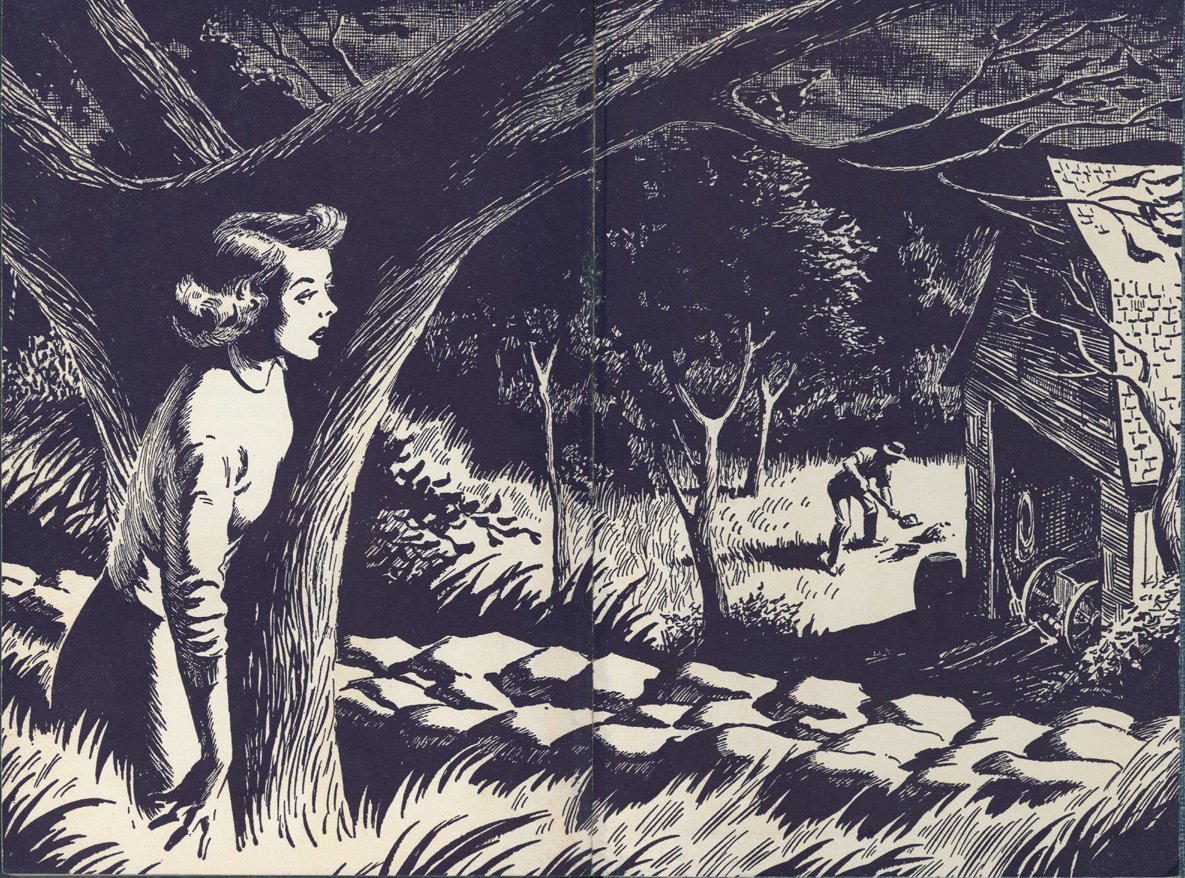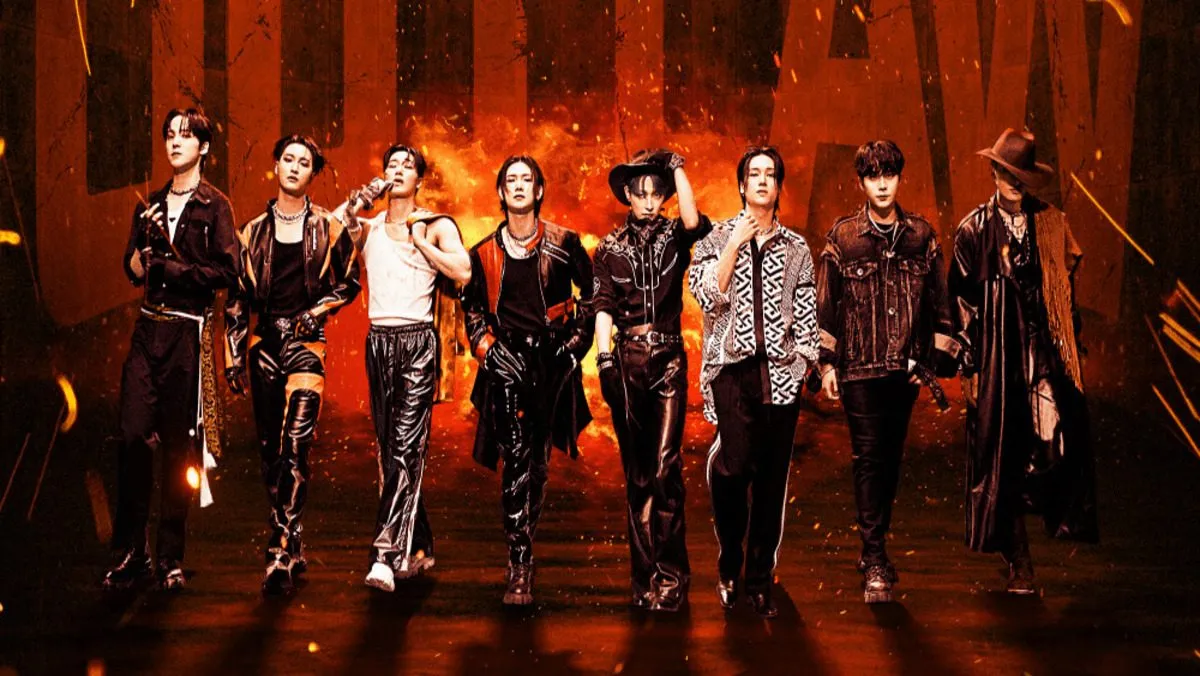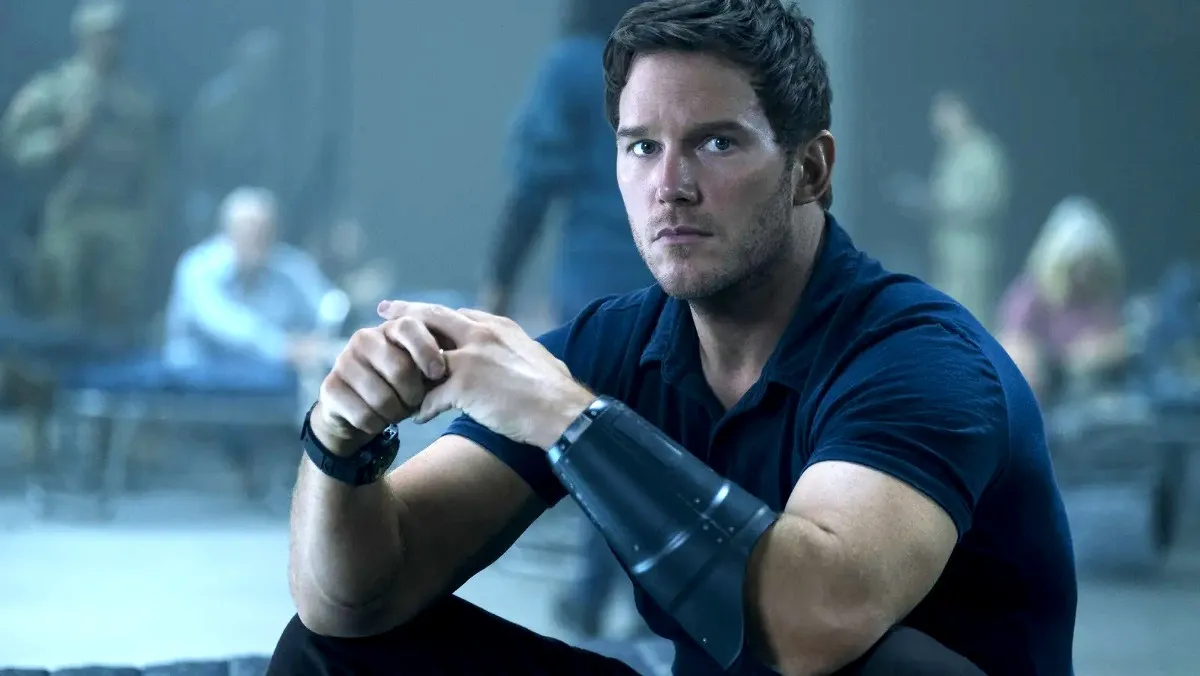Agency.
It is that which forms the foundation for any hero’s ability to save the day. In America, agency for teenage girls in literature made its debut in 1930 in the person of Nancy Drew.
Scholars Janice Radway and Nan Enstad assert that stories like Nancy Drew’s provide girls a “place to dream.” While they highlight romances and the “dime novels” of the pulp era as prominent examples, that “anything is possible” spirit was not limited to those forms.
It was the imaginative energy of that era that propelled Nancy Drew and characters like her into the kinds of stories nobody had ever seen before.
Many of our most prominent cultural influences in the 21st century were born in this time period. Edgar Rice Burroughs essentially invented both the modern fantasy and science fiction genres with John Carter of Mars and Tarzan. Mildred Wirt invented the teenage girl hero. I’m convinced both were of a mind when it came to the myriad possibilities for advancing literature.
The Stratemeyer Syndicate, mystery series producers, made it possible for girls to emerge from Victorian sensibilities into an identity for themselves. Nancy Drew turned that possibility into reality for millions of readers. It could be argued that her influence is stronger now than it has ever been. Echoes of Wirt’s creation can be seen in Gidget, Wonder Woman, The Bionic Woman, Buffy the Vampire Slayer, Katniss Everdeen, Black Widow, Jessica Halloran and numerous other literary characters, television stars and comic heroes.
The concept of a strong girl hero is no longer unusual. Nancy Drew is the reason.
Like most landmarks in America’s cultural development, there is more to the Nancy Drew phenomenon than just the advent of the girl hero. Book series like hers helped make the franchise concept both possible and profitable. From the first book, Nancy Drew was destined to appear in multiple volumes with multiple stories and was written to be the character upon which a universe could be created.
This was still a new concept in 1930. Writers like Kipling and Burroughs had begun developing the idea with their late 19th and early 20th century works, but it was not until the Stratemeyer imperative that the character universe really became its own selling point. It was powerful enough that Nancy Drew unseated many leading book series for boys in the process.
Today, the idea of writing dozens of books about a single character, or breaking up a story into multiple installments is as natural as writing fiction in the first place. Digital books have only accelerated the trend.
In the 21st century, in a space of less than ten years, the market went from Coraline to Fablehaven to The Hunger Games to LadyStar, and in the process carried Nancy Drew’s legacy from action/adventure print novels to digital episodic romantic fantasy with girl heroes leading the way in every chapter.
What all four stories share with Nancy Drew is a universe in which a girl actively confronts a challenge. They also demonstrate the progress of the market from standalone stories to a universe where many characters share adventures. All four stories have been expanded to other media as well like film, animation and video games.
Nancy Drew was a counter-cultural influence beyond the obvious image of a young girl contradicting adults while she squared off with the villains. Even though libraries and bookstores often refused to stock Nancy Drew in any great numbers, children collected the books with a fiery determination, and their parents and grandparents contributed enthusiastically to the movement by funding their purchases, most often as gifts. Anyone born before 1980 very likely received at least one Stratemeyer-published book as a gift at some special occasion.
Series books like Nancy Drew were also the Depression-era Pokemon cards. They were collected, traded, bought and sold on both secondary and tertiary markets to the point where any kid, even those who couldn’t afford new books, would very likely get to read every adventure starring their favorite character within a reasonable interval.
But it is what Nancy Drew does in her stories that sets the Drew-niverse apart from what once was. Nancy gets into fights, drives a car, packs a gun and relies on herself to get out of tough situations. She is mechanically inclined and at the same time doesn’t act like most people in the 1930s would have expected a teenage girl to act.
Contrast with the Nancy Drew films in the 1940s to witness how Hollywood’s ideas about teenage girls and Wirt’s literary heroine clash. The films gave Nancy Drew just enough screen time to get into a fix, and then send in the boyfriend to bail her out. In the books, Nancy has a college football-playing boyfriend, but he is not prominently featured at all. Putting Nancy Drew in situations where she needed to be rescued was often the source of some considerable disappointment to fans at the time, as would be expected with such an obvious departure from Nancy’s identity.
Even with her divergence from what was considered mainstream at the time, Nancy Drew was not written as a political statement. Mildred Wirt’s self-stated purpose was only to create a “genuinely adventurous heroine” and to inspire girls with stories of someone like themselves who had a positive effect on the world instead of passively sitting at home.
It is perhaps in that alone that Wirt’s genius is best expressed. Nancy Drew is a character drawn in simple terms, but who presents an elaborate range of possibilities. She is a character with that magical “what if” question woven into her identity, and one that effortlessly captures the imaginations of readers by allowing them to participate in a world where the answers to that question are just as entertaining as the stories themselves.
It is difficult to overstate how powerful Nancy Drew’s presence remains in literature and in other media. She has influenced film, comics, video games and animation for 85 years, and will continue to do so as long as teenage girls take the lead as our heroes in the imaginative worlds of adventure.
Author and journalist Theodore Jefferson is a founding member of the Lexicon Hollow Author’s Guild. His books are available on The Official LadyStar Bookstore and more of his articles can be found on Moon Game.
—Please make note of The Mary Sue’s general comment policy.—
Do you follow The Mary Sue on Twitter, Facebook, Tumblr, Pinterest, & Google +?








